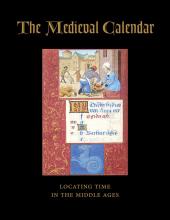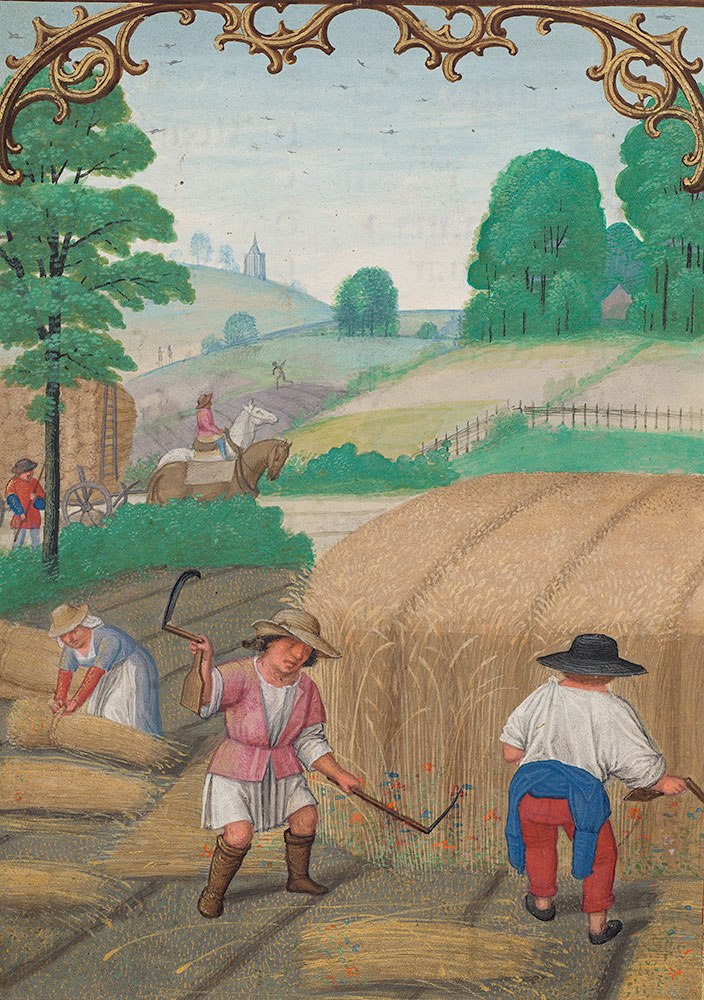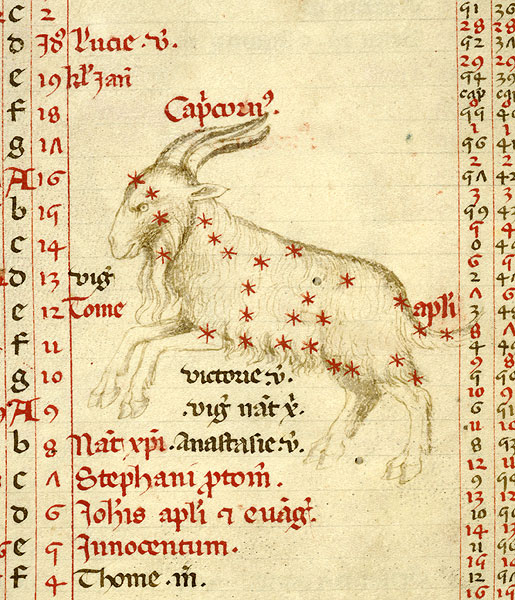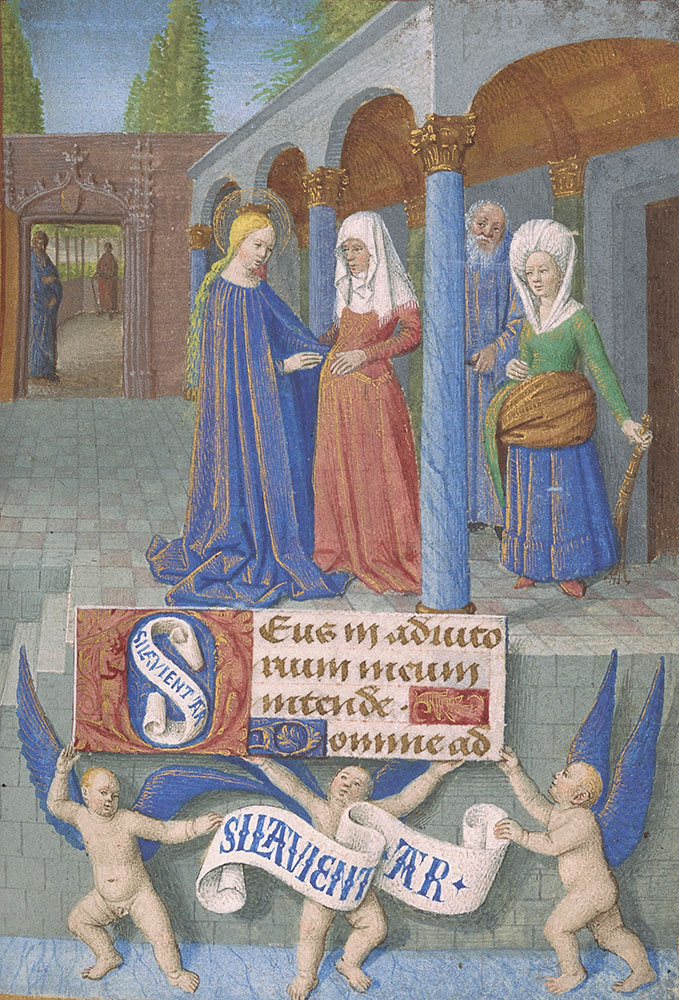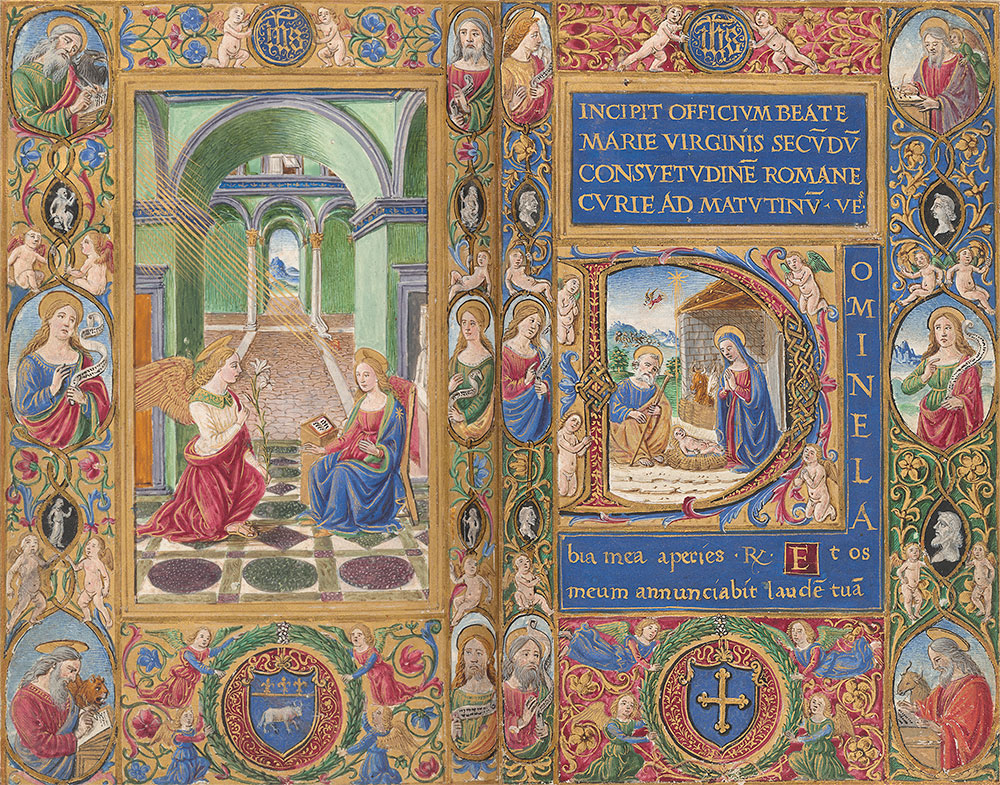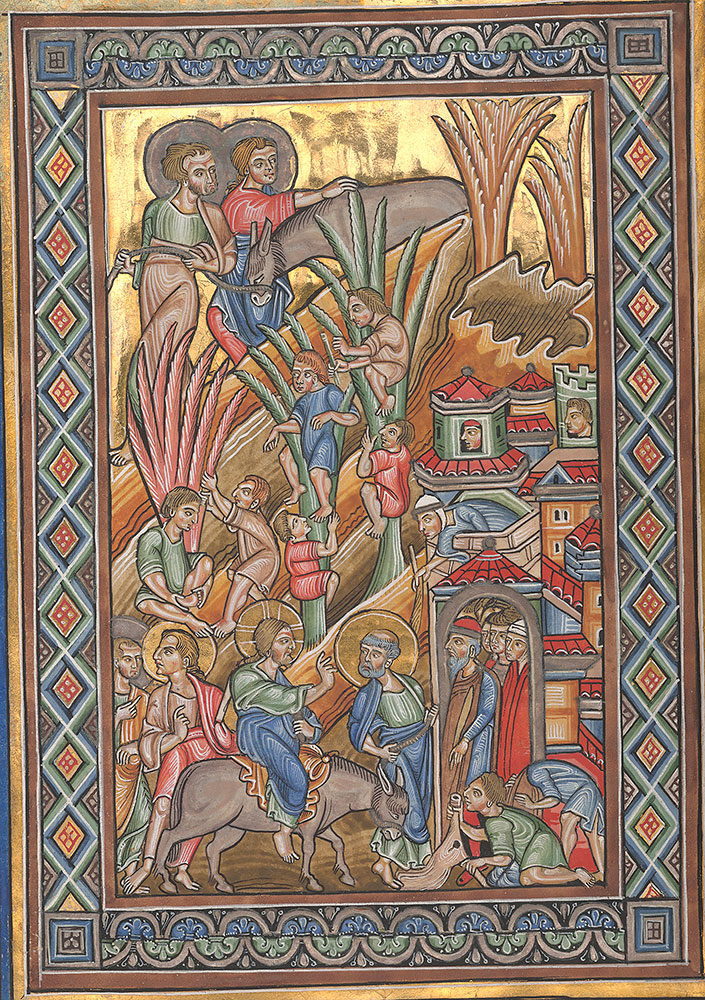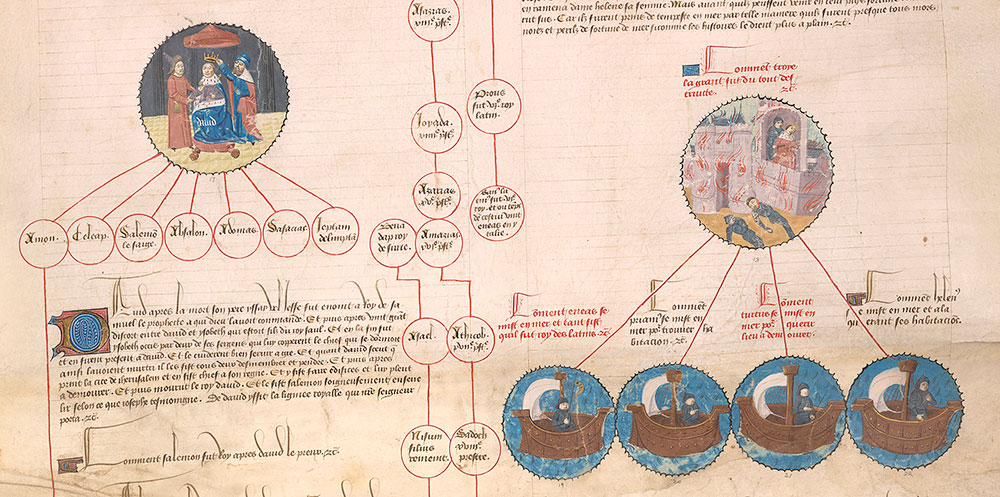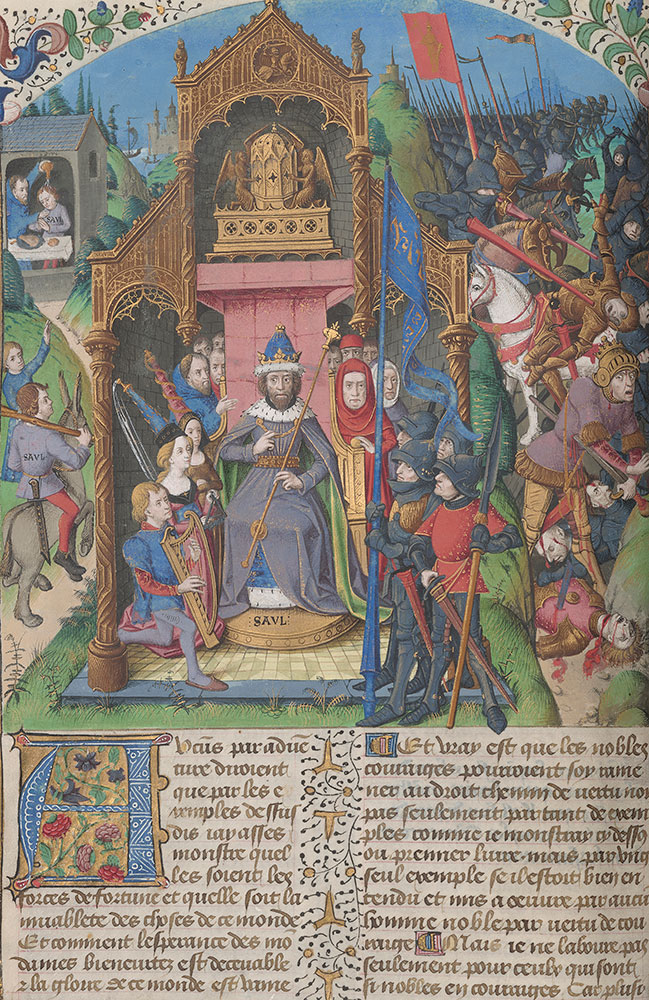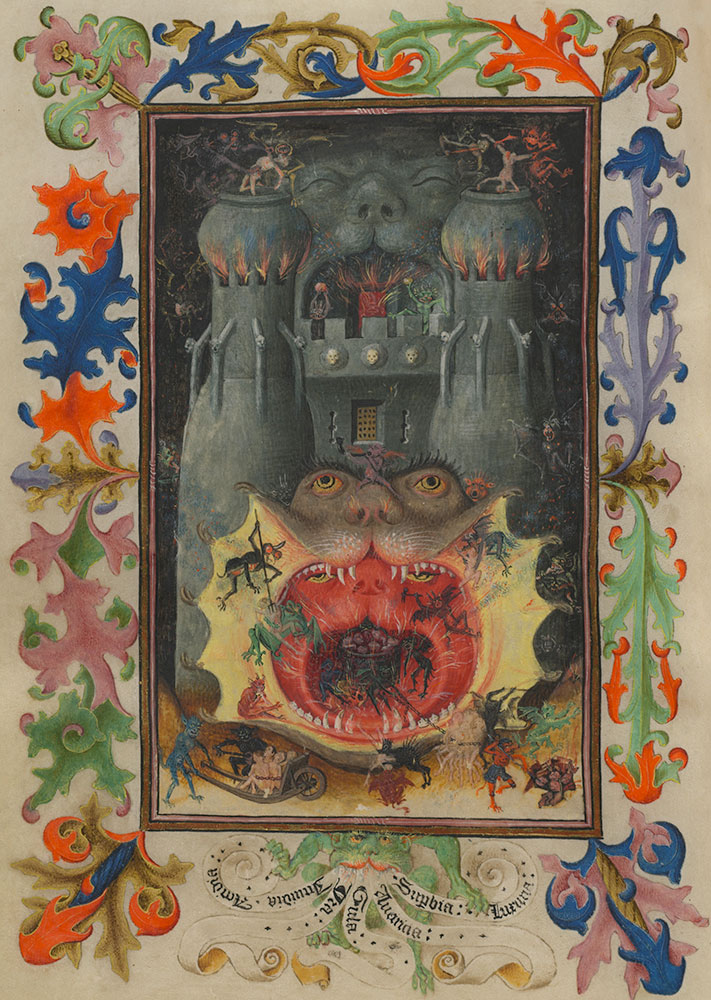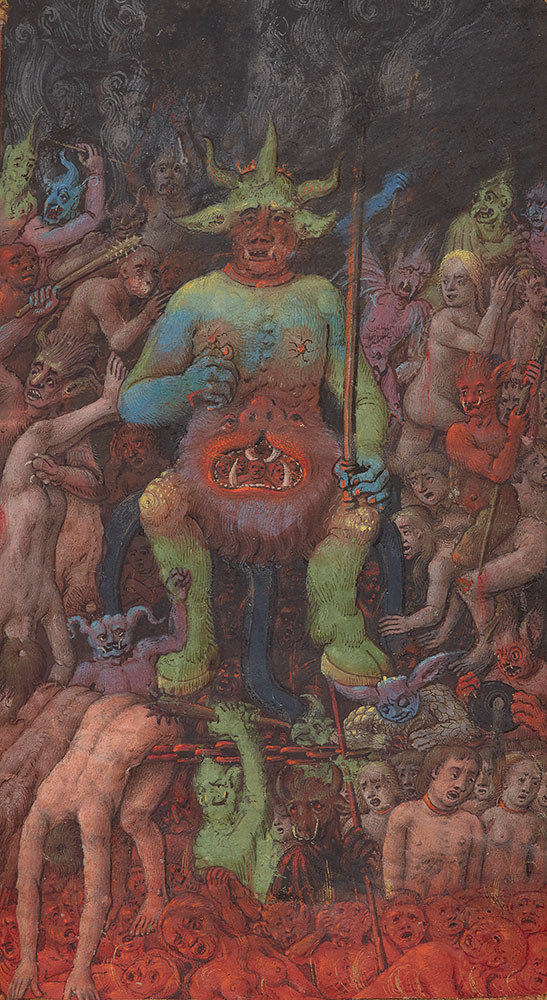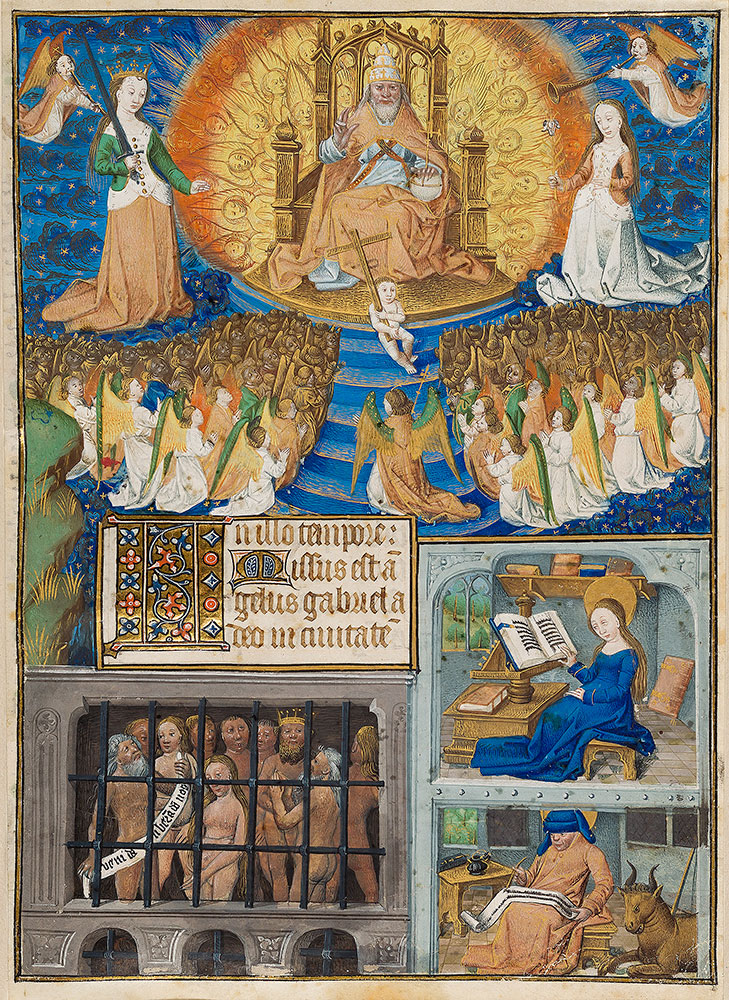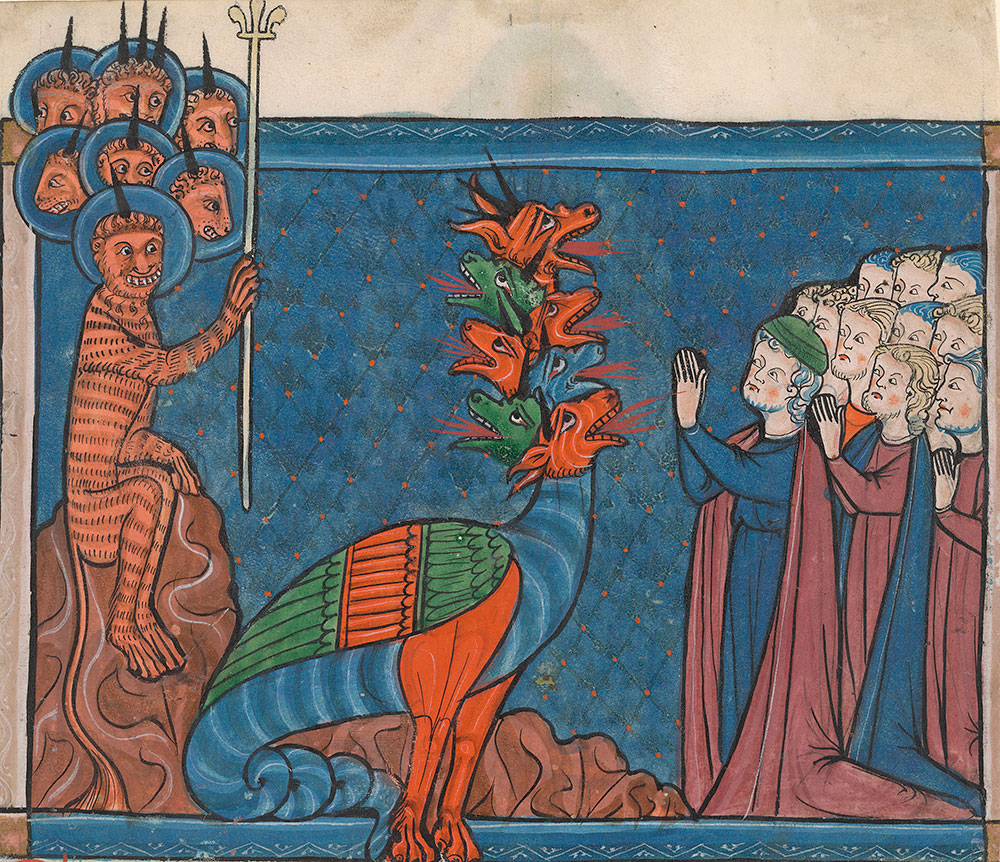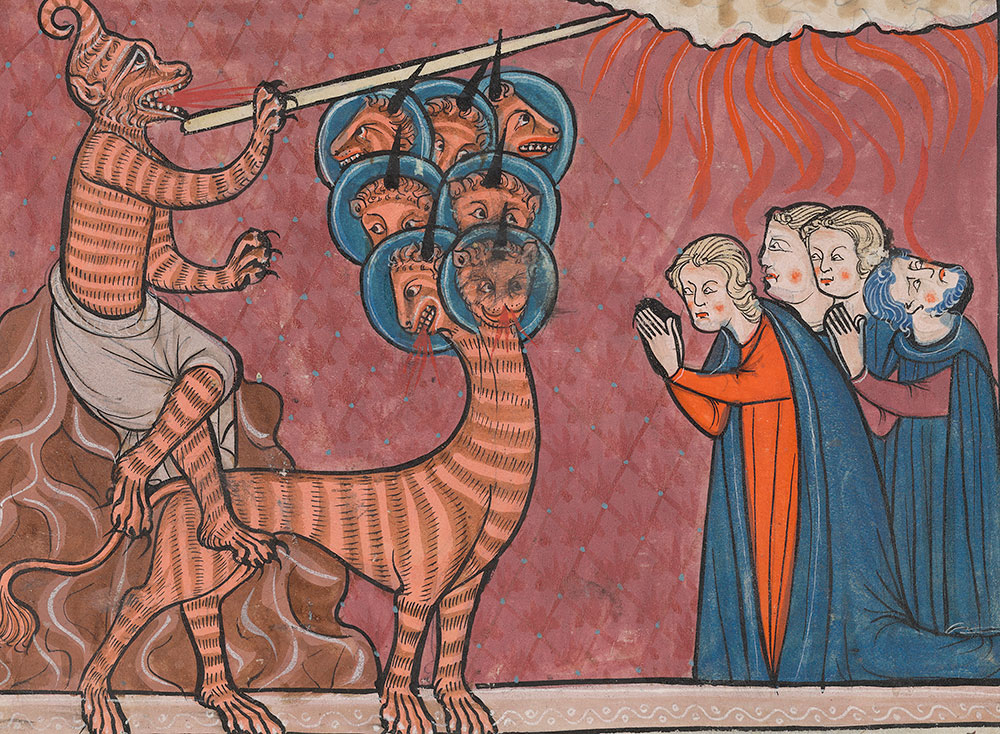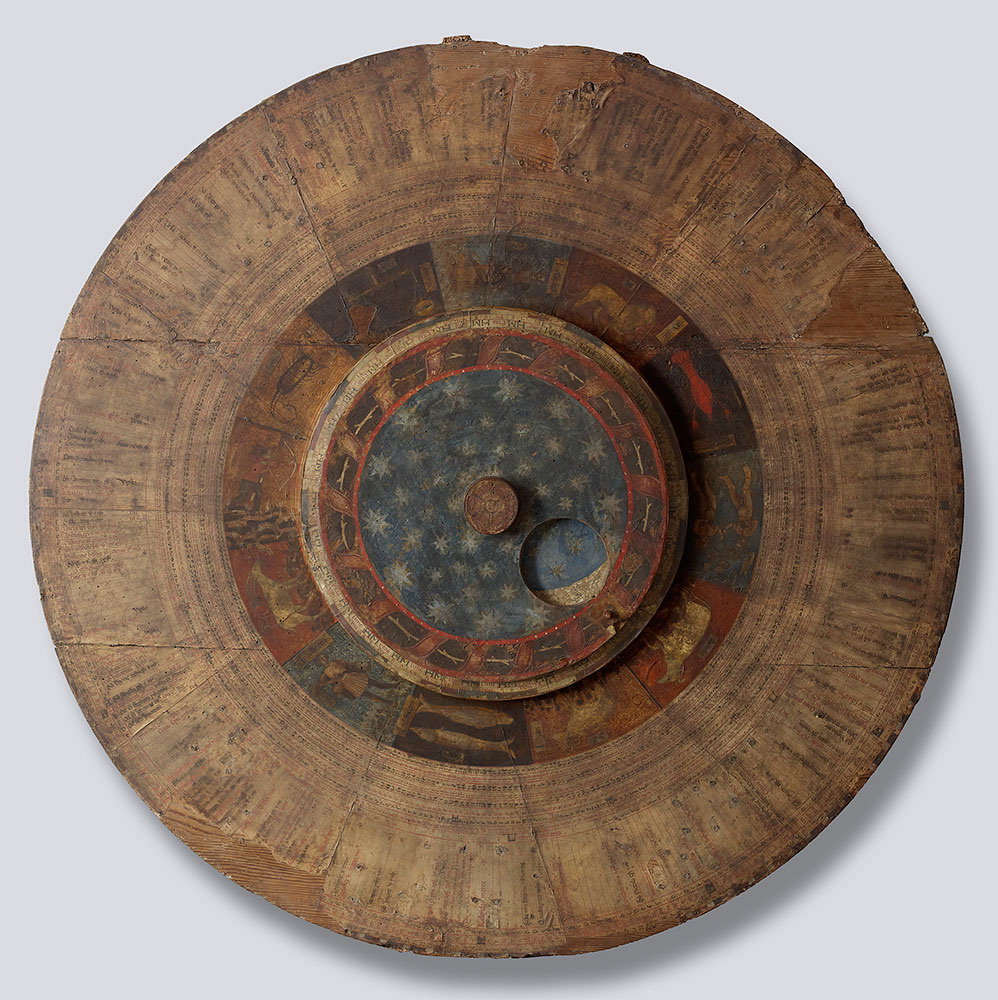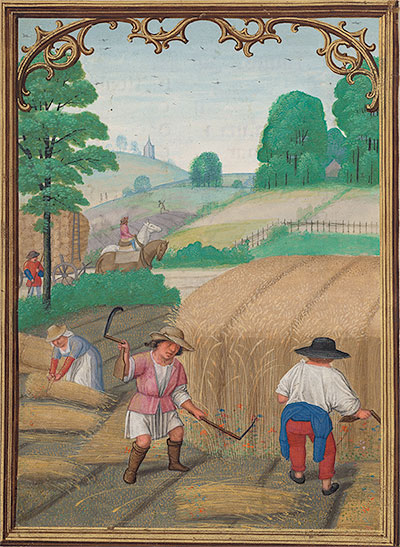
What time is it? The question seems simple, and with a watch on your wrist or a cell phone in your hand, the answer is easy. In the Middle Ages, however, the concept of time could be approached in many different ways, with vastly different tools.
Drawing upon the rich holdings of the Morgan’s collection of medieval and Renaissance illuminated manuscripts, Now and Forever explores how people told time in the Middle Ages and what they thought about it. The manuscripts range in date from the eleventh to the sixteenth centuries and come from all the major countries of Europe.
Explore Online
The exhibition begins with the quirks of the medieval calendar, exploring sacred feasts, the mysteries of Golden Numbers, the utility of Dominical Letters, and how the Middle Ages inherited the Roman Calendar of Julius Caesar. Visitors will engage with the complexities of time as defined by liturgical celebrations and their two overlapping systems of temporale (feasts of time) and sanctorale (feasts of saints), systems that still influence the way we tell time today. Now and Forever also explores how time beyond the grave preoccupied medieval people for whom life on earth was a mere dress rehearsal for the main event—the afterlife.
Now and Forever: The Art of Medieval Time is made possible with generous support from Barbro and Bernard Osher, The Janine Luke and Melvin R. Seiden Fund for Exhibitions and Publications, and the Andrew W. Mellon Research and Publications Fund.
August: Reaping Wheat, “Da Costa Hours,” Belgium, Ghent, ca. 1515, illuminated by Simon Bening, The Morgan Library & Museum, MS M.399, fol. 9v, purchased by Pierpont Morgan, 1910. Image courtesy of Akademische Druck- u. Verlagsanstalt, Graz/Austria.
